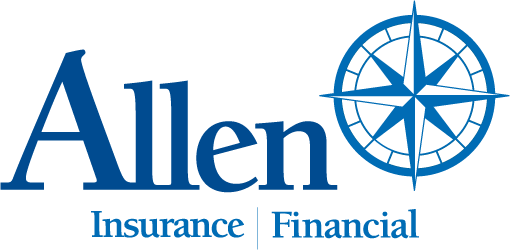Too many Americans believe that the coverage limits of their homeowners insurance policy are linked to the market value of their home, according to the Insurance Information Institute.
In the I.I.I.’s 2011 Insurance Pulse Survey, conducted by the Opinion Research Corporation, nearly half (48 percent) of survey respondents came to that mistaken conclusion.
“The real estate value of a home, that is the price you can buy or sell it for, has absolutely nothing to with the amount of insurance needed to financially protect the homeowner in the event of a fire or other disaster,” said Jeanne M. Salvatore, senior vice president and consumer spokesperson for the I.I.I. “Reducing insurance coverage because the market value of a home has decreased can result in being dangerously underinsured.”
One out of three respondents to the Pulse Survey reported that they purchased less homeowners or auto insurance as a way to save money. A better strategy would be to take a higher deductible, which can substantially reduce insurance costs. Home and car owners can then put the savings into a purchasing the right amount and type of insurance for their specific needs, pointed out Salvatore.
Another way to save money is to comparison shop, something that seven out of 10 Pulse Survey respondents said they utilized as a strategy to save on both their home and auto insurance needs.
Following are the five biggest auto, home, flood and renters insurance mistakes consumers can make, with suggestions to avert those pitfalls while still saving money:
1. Insuring a home for its real estate value rather than for the cost of rebuilding. When real estate prices go down, some homeowners may think they can reduce the amount of insurance on their home. But insurance is designed to cover the cost of rebuilding, not the sales price of the home. You should make sure that you have enough coverage to completely rebuild your home and replace your belongings.
A better way to save: Raise your deductible. An increase from $500 to $1,000 could save up to 25 percent on your premium payments.
2. Selecting an insurance company by price alone. It is important to choose a company with competitive prices, but also one that is financially sound and provides good customer service.
A better way to save: Check the financial health of a company with independent rating agencies and ask friends and family for recommendations. You should select an insurance company that will respond to your needs and handle claims fairly and efficiently.
3.
Dropping flood insurance. Damage from flooding is not covered under standard homeowners and renters insurance policies. Coverage is available from the
National Flood Insurance Program (NFIP), as well as from some private insurance companies. Many homeowners are unaware they are at risk for flooding, but in fact 25 percent of all flood losses occur in low risk areas. Furthermore with the significant snow fall this winter, spring related flooding may be particularly severe, thus increasing the importance of purchasing flood insurance.
A better way to save: Before purchasing a home, check with the NFIP to determine whether the property is situated in a flood zone; if so, consider a less risky area. If you are already living in a designated flood zone, look at mitigation efforts that can reduce your risk of flood damage and consider purchasing flood insurance. Additional information on flood insurance can be found at
www.FloodSmart.gov.
4. Only purchasing the legally required amount of liability for your car. In today’s litigious society, buying only the minimum amount of liability means you are likely to pay more out-of-pocket if you are sued—and those costs may be steep.
A better way to save: Consider dropping collision and/or comprehensive coverage on older cars worth less than $1,000. The insurance industry and consumer groups generally recommend a minimum of $100,000 of bodily injury protection per person and $300,000 per accident.
5. Neglecting to buy renters insurance. A renters insurance policy covers your possessions and additional living expenses if you have to move out due to an insured disaster, such as a fire or hurricane. Equally important, it provides liability protection in the event someone is injured in your home and decides to sue.
A better way to save: Look into multi-policy discounts. Buying several policies with the same insurer, such as renters, auto and life will generally provide savings.
Source: Insurance Information Institute, iii.org.



